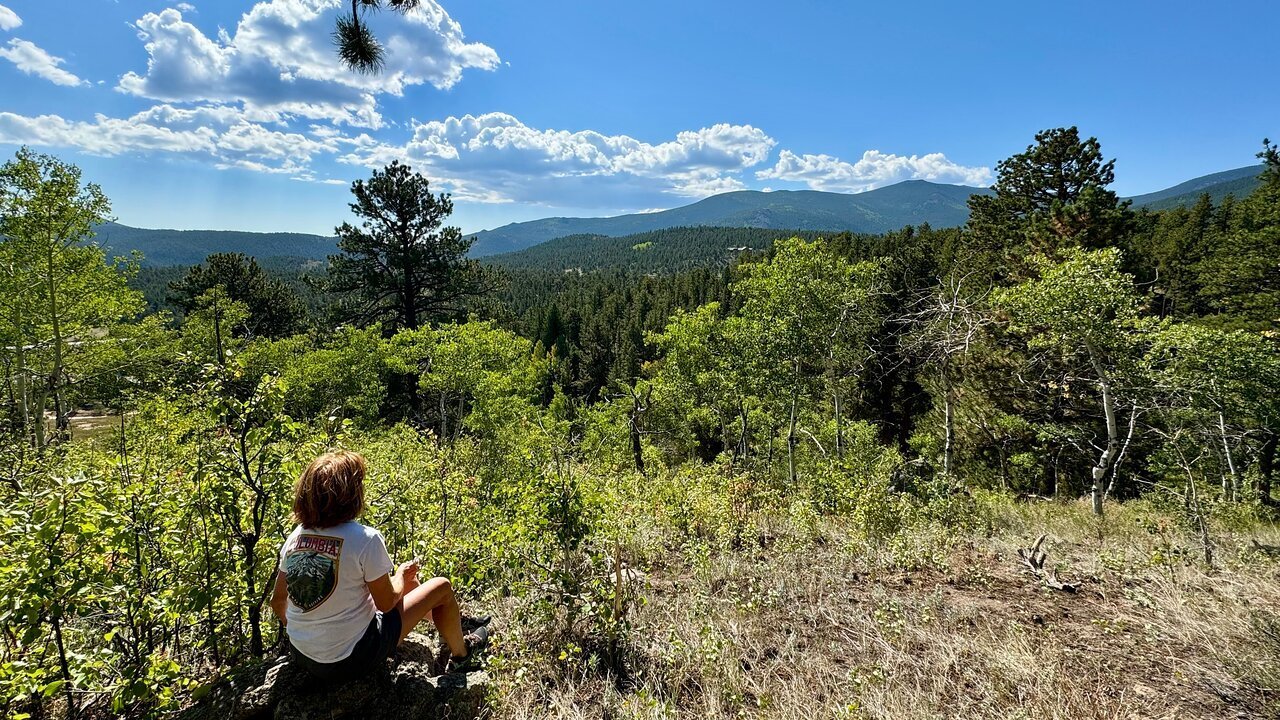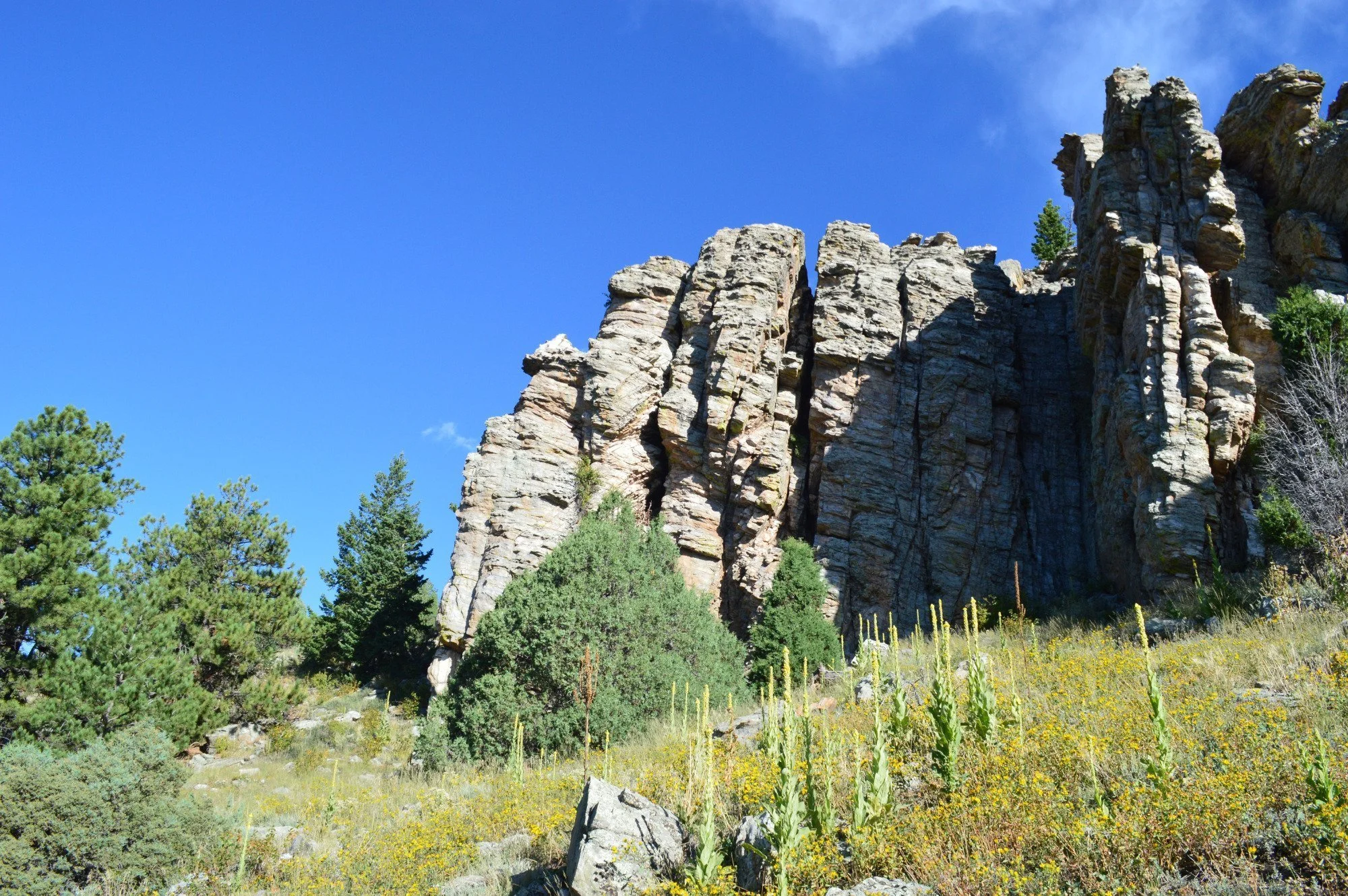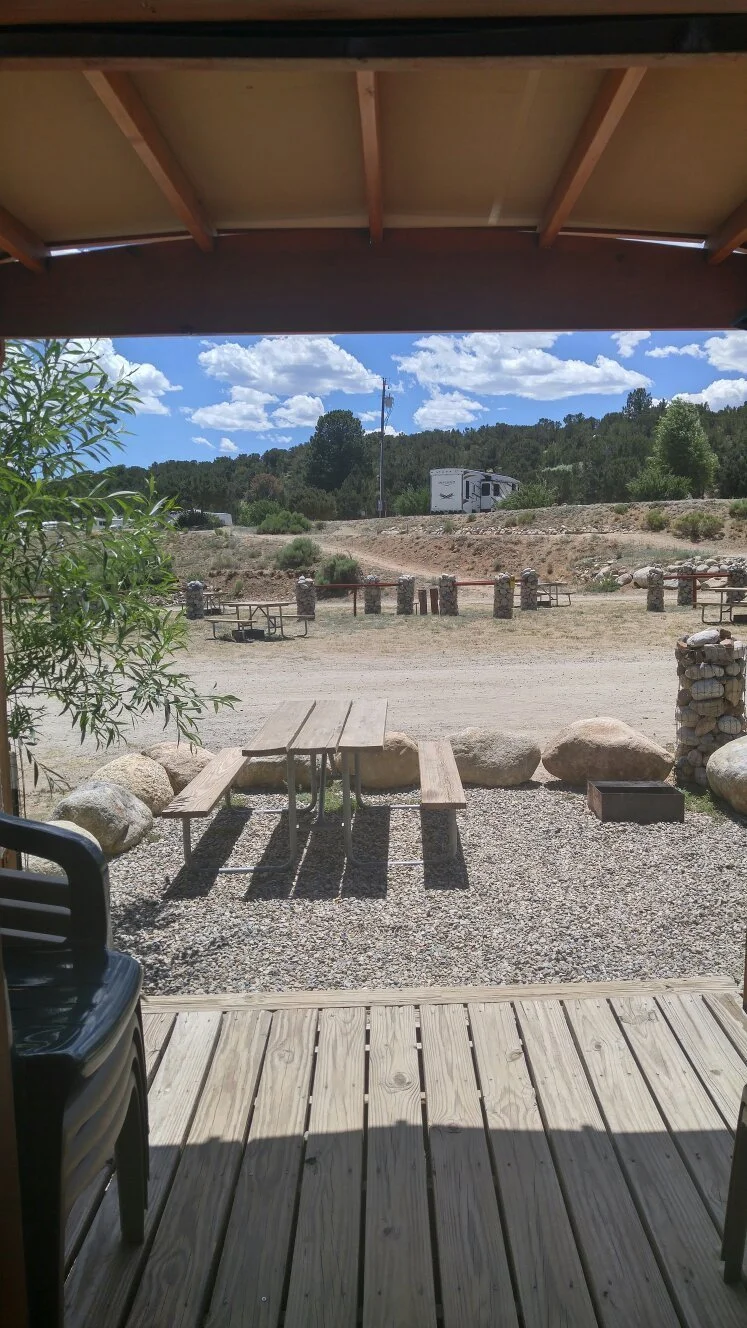Spanning an impressive 1.5 million acres of pristine wilderness, Arapaho National Forest stands as a premier destination for outdoor enthusiasts. The landscape is crisscrossed by five State Scenic Byways and an extensive network of trails perfect for hiking, mountain biking, off-road vehicles, and equestrian activities, each leading to spectacular vistas, secluded forest retreats, and refreshing waterfront destinations. Adventure seekers can explore aquatic activities like boating and canoeing on numerous lakes, experience thrilling white-water adventures on Cache la Poudre River, or embrace winter sports at renowned destinations like Winter Park, Loveland, and Eldora ski areas. The forest offers diverse camping opportunities, ranging from well-equipped lakeside facilities to remote backcountry sites along wilderness trails, ensuring every outdoor enthusiast finds their perfect spot.
Camping Near Arapaho National Forest
Arapaho National Forest: Hike majestic peaks, cast in shimmering alpine lakes, and breathe the crisp Rocky Mountain air.
CampChimp is better in the app
Find Available Camping
The 5 best campgrounds near Arapaho National Forest, CO
-

Olive Ridge Campground
 Lyons, CO
Lyons, CO


Olive Ridge Campground is a scenic campground located in the heart of the Rocky Mountains offering stunning views of the surrounding peaks and forests.
-

Dowdy Lake Campground
 Red Feather Lakes, CO
Red Feather Lakes, CO


Dowdy Lake Campground is an excellent choice for RV camping offering spacious sites with electric and water hookups as well as a convenient dump station.
-

Mary's Lake Campground
 Estes Park, CO
Estes Park, CO


Nestled in the heart of the Roosevelt National Forest this scenic campground offers stunning views of the surrounding mountains and easy access to hiking trails and fishing spots.
-

Glacier Basin Campground
 Rocky Mountain National Park, CO
Rocky Mountain National Park, CO


Glacier Basin Campground is a stunning campground situated at a high elevation providing breathtaking views of the Rocky Mountain peaks and pristine alpine meadows.
-

Stillwater Campground
 Granby, CO
Granby, CO


Stillwater Campground is a tranquil retreat located along the shores of a picturesque lake offering a peaceful and serene camping experience.
The 5 hardest-to-book campgrounds near Arapaho National Forest, CO
The 5 best campgrounds for RV camping near Arapaho National Forest, CO
The 5 best campgrounds for tent camping near Arapaho National Forest, CO
The best camping near Arapaho National Forest guide
About
- Best for lake views: Experience waterfront camping at its finest at Arapaho Bay Campground, featuring 81 sites with immediate access to swimming, boating, and fishing activities.
- Best for equestrian camping: South Fork Campground distinguishes itself with dedicated horse corrals and immediate trail access for riders.
- Best for solitude: Echo Lake Campground offers 18 peaceful sites perfect for swimmers, anglers, and those eager to explore the Mt Evans Trail.
- Within the forest's 53 campgrounds, you'll find a mix of reservation-based and first-come, first-served sites, accessible through online booking platforms or telephone systems.
- Standard campsite reservations become available 180 days before your intended stay and close 4 days prior to arrival. For the Arapaho National Recreation Area specifically, all bookings require a minimum 5-day advance notice. Those planning group camping experiences can secure their spots up to a full year ahead.
- Securing a campsite requires advance planning, particularly during the peak season (June-August) and holiday periods—aim to book several months ahead to ensure your preferred spot.
The forest beckons visitors throughout all seasons, offering spectacular wildflower displays in spring and excellent conditions for snowmobiling and Nordic skiing during winter months. The primary camping season extends from mid-May through September, with numerous facilities closing beyond these dates. Popular recreation spots and lakefront areas experience significant visitor traffic, particularly during July and August. To maximize your experience, consider early morning arrivals and factor in additional travel time to navigate peak season congestion.
- The forest encompasses five distinct ranger districts—Boulder, Sulphur, Canyon Lakes, Pawnee National Grassland, and Clear Creek—and shares boundaries with Roosevelt National Forest. Visitors from Denver can reach the forest in approximately one hour, while those departing from Boulder face just a 30-minute journey.
- While many forest areas offer free access, designated recreation zones including Mount Evans, Brainard Lake, and the Arapaho National Recreation Area require specific passes. These fees are separate from camping costs, and advance reservations are mandatory.
- Dispersed camping opportunities exist throughout the forest, but campers must verify they're on public land and avoid setting up near trailheads, parking areas, or designated picnic facilities.
- Mobile phone coverage varies significantly, with limited connectivity in remote and mountainous regions.
- Seasonal fire restrictions are common during dry spells, and certain areas maintain permanent fire prohibitions.
- The forest provides inclusive camping experiences with wheelchair-accessible campsites and restroom facilities.





